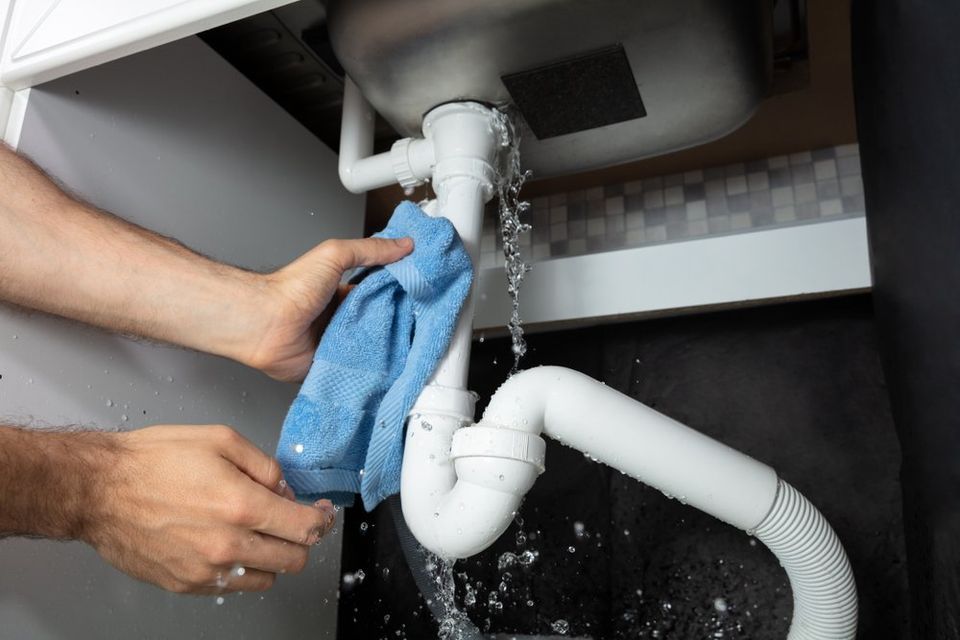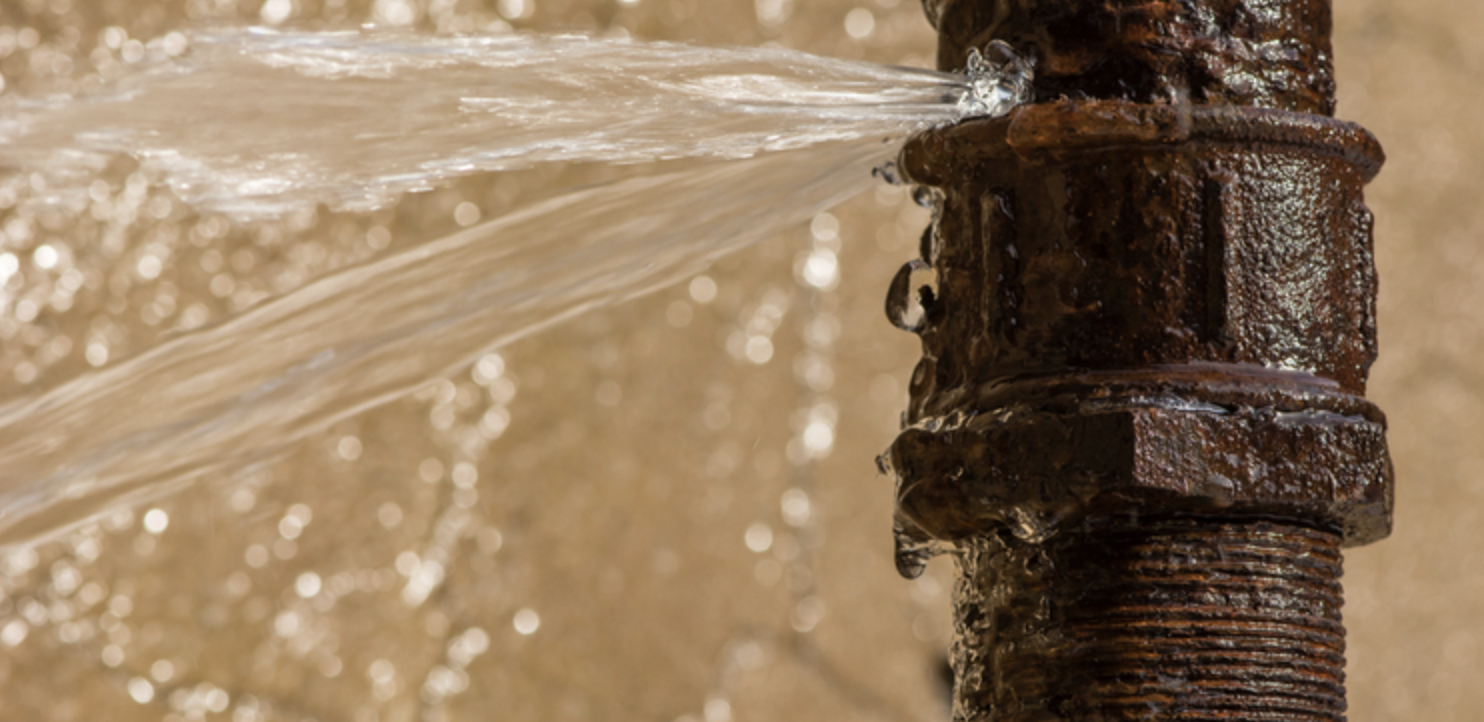Quick Overview: Identifying and also Repairing Burst Pipes in your house
Quick Overview: Identifying and also Repairing Burst Pipes in your house
Blog Article
This great article below involving How to Prepare for Your Dishwasher Installation is incredibly attention-grabbing. You should check this stuff out.

A burst pipeline is a major emergency; you can only stand as you see water you pay very much to reunite with the planet. In even worse situations, you notice a swimming pool on your kitchen area floor, which is a wonderful trip hazard, specifically if you have kids around. If the pipe that ruptured was in your wall surfaces, problem: you may require to repaint that whole section.
Just how can a catastrophe like a burst pipeline be avoided and also handled? Well, by listening to your specialist emergency plumbings and also complying with these regulations.
How do I recognize when my pipes have ruptured?
Changing water pressures
Pipes do not simply burst in a day. You may have noticed that your kitchen area faucet or shower doesn't run quickly when you turn the tap. It may stop briefly for a few secs and afterwards blast you with more pressure than usual.
In various other instances, the water may appear normal in the beginning, then decrease in stress after a few secs.
Wet wall surfaces and also water spots
Before a pipeline bursts, it will certainly leakage, many times. If this relentless leaking goes unnoticed, the leakage may graduate right into a wide tear in your pipe. One simple means to avoid this emergency is to keep an eye out for wet wall surfaces ad water discolorations. These water stains will certainly lead you right to the leak.
Puddles under pipes and also sinks
When a pipe ruptureds, the outflow develops a pool. It may show up that the puddle is expanding in dimension, as well as despite how many times you wipe the pool, in a few mins, there's another one waiting to be cleaned up. Usually, you may not have the ability to trace the puddle to any kind of visible pipes. This is an indicator to call a specialist plumber.
Untraceable dripping sounds
Pipeline bursts can occur in one of the most unpleasant locations, like within concrete, inside wall surfaces, or under sinks. When the house goes silent, you might be able to hear an irritatingly relentless dripping noise. Even after you have actually examined your shower head and kitchen area faucet, the trickling may continue.
Precious viewers, the dripping may be originating from a pipeline inside your walls. There isn't much you can do about that, except inform a specialist plumber.
Shut off the Water
When water freezes, it broadens in quantity by concerning 9 percent. And it expands with remarkable pressure: The stress inside pipelines may go from 40 pounds per square inch to 40,000 psi! No pipe can hold that much pressure, so it breaks open. The break may happen where the ice types, however more frequently, it happens where water stress discovers a vulnerable point in the pipe. That may be inches and even feet from the frozen area. Find the water shutoff valve and also switch off the water to stop more damage. You might also need to turn off the electrical energy also, depending upon where the leakages happens as well as just how huge it is.
Polluted water
Many people assume a burst pipeline is a one-way electrical outlet. Fairly the contrary. As water drains of the hole or laceration in your plumbing system, pollutants find their way in.
Your water might be infected from the resource, so if you can, check if your water tank has any problems. However, if your drinking water is provided and also detoxified by the local government, you need to call your plumber promptly if you see or scent anything amusing in your water.
What do I do when I identify a burst pipeline?
Your water meter will certainly continue to run even while your water wastes. To minimize your losses, locate the primary controls and turn the supply off. The water pipe are an above-ground framework at the edge of your property.
How to Fix & Detect a Leaking Pipe
How Do I Know if a Pipe is Leaking?
Leak detection tests can help you determine if your pipe has a leak. Even if you don’t see an apparent leak, you should still conduct leak detection tests regularly to save water and money—and prevent major damage to your home.
Water meter. It can be helpful to figure out what your usual water meter usage numbers are and then monitor them regularly. To monitor your meter, first, turn off all water faucets in your home. Check the meter and write down the numbers. In a few hours, check the meter again. If the numbers have changed, you have a leak. Water gauge. Use a water gauge to test your water pressure. Your showerhead should produce a certain amount of water pressure based on its model and design. If the pressure is lower than it is supposed to be for that specific showerhead, your home likely has a leak. Puddles. Look inside your bathroom, laundry, and kitchen sink cabinets. Puddles around the cabinets or around toilets, tubs, showers, and washing machines indicate the presence of a leaking pipe. You may also notice loose tiles, peeling or flaking paint, or mold caused by water accumulation. Napkin test. Even if you don’t see any puddles, you may still have a leak. You can test for water leaks in the bathroom, laundry, and kitchen by wiping below-sink connections with a napkin, paper towel, or piece of toilet paper. If it becomes damp, you probably have a leaking pipe under the sink. Discolored walls. Walls that are discolored—usually with brown or yellow stains—or bulging might mean that they have been impacted by water damage caused by a leaking pipe. Smell. A leaky pipe will create sitting water, and over time, that water may develop a musty smell. If your home smells musty, but you can’t locate the source, it may be due to a leak. Steps for Fixing a Leaking Pipe
A leaky drain can be remedied by tightening the pipe base, replacing the drain seal, caulking the rim, and tightening the pipe nut. Similarly, a leaking toilet pipe can be treated by tightening the packing nut. You may also need to replace the valve. A leaky faucet may just need tightening or replacement of the washers. If that doesn’t work, consider replacing your faucet. If your pipe has a hole in it, you may want to use a pipe leak sealer or pipe leak tape. This quick fix for water pipe leaks can also temporarily fix a copper pipe leak. https://www.ahs.com/home-matters/quick-tips/how-to-tell-if-pipes-are-leaking/

Do you like reading up on How to Install and Connect a New Dishwasher? Put a review directly below. We'd be interested to listen to your views about this blog entry. Hoping to see you back again before long. Feel free to take the opportunity to distribute this post if you enjoyed reading it. Thanks a lot for your time. Don't hesitate to come visit our site back soon.
Schedule Appointment Now
Report this page